Did you know that some birds can sleep while flying, or that a shrimp’s heart is located in its head? Prepare to be amazed as we delve into the fascinating and often unbelievable world of animals, uncovering incredible facts that were never taught in school. From quirky behaviors to astonishing adaptations, these revelations will leave you seeing the animal kingdom in a whole new light.
Pigeons Can Recognize Human Faces
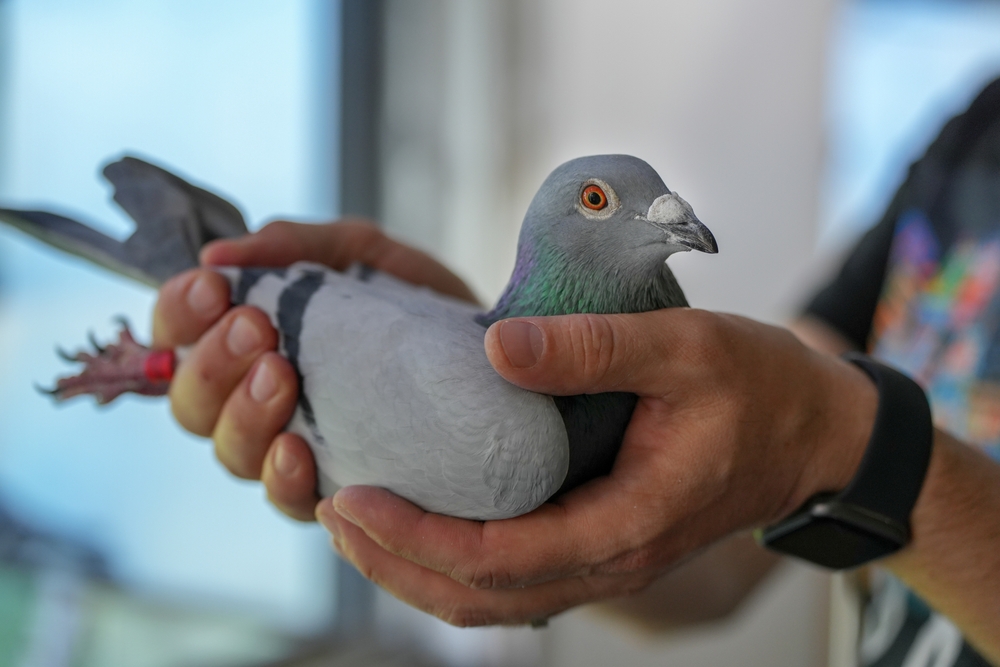
Pigeons have an exceptional ability to recognize and remember human faces, similar to how humans recognize each other. This skill has been studied extensively and showcases the cognitive capabilities of these birds.
Octopuses Have Three Hearts
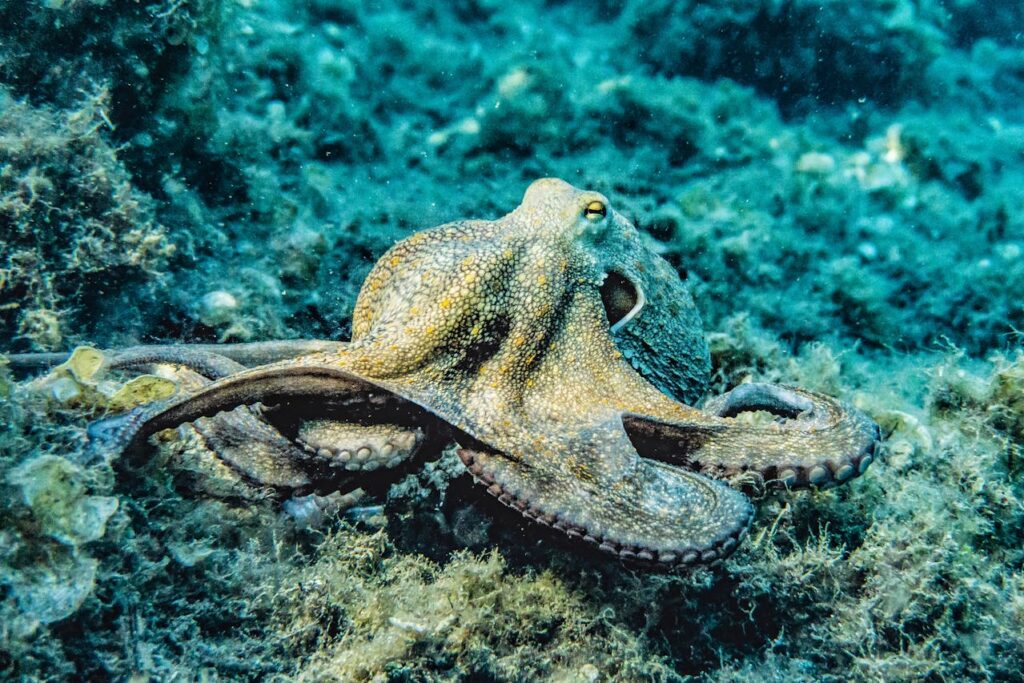
Unlike humans with a single heart, octopuses have three hearts. Two pump blood to the gills, while the third circulates blood to the rest of the body, contributing to their adaptability and survival in various underwater environments.
Cows Have Best Friends
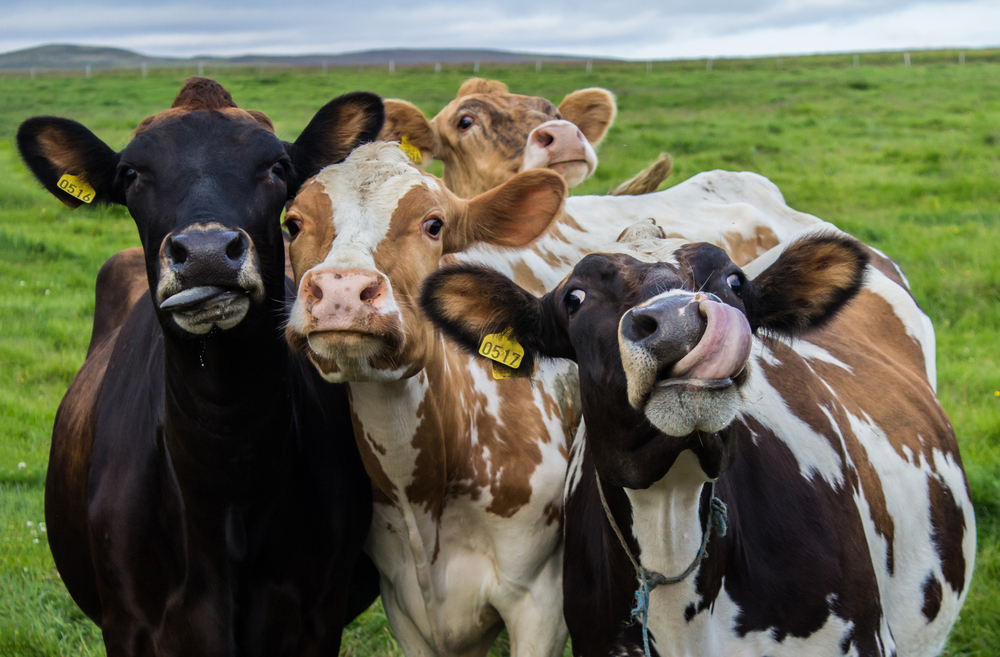
Research has shown that cows form strong social bonds and can have “best friends” within their herds. They display emotions and develop close relationships, debunking the myth of cows being indifferent animals.
Chickens Can Communicate with Over 24 Different Vocalizations
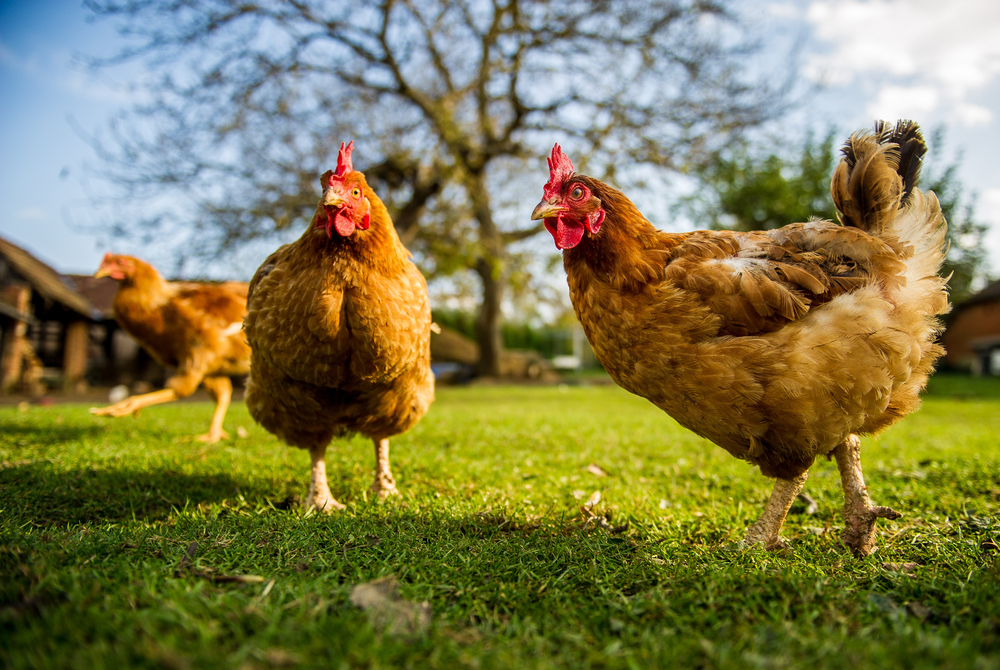
Chickens are surprisingly complex communicators, using a diverse range of vocalizations to convey messages such as danger, food discovery, and social interactions within their flocks.
Elephants Can Recognize Themselves in Mirrors
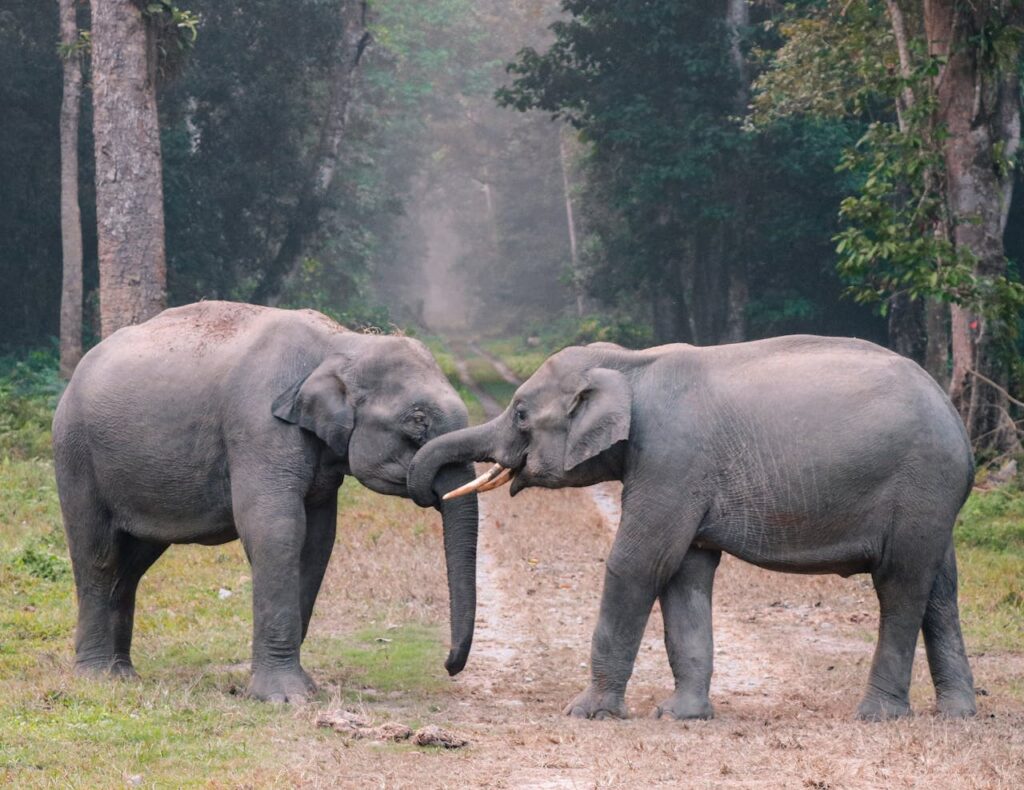
Elephants possess self-awareness and can recognize themselves in mirrors, a trait shared by only a few other species such as dolphins, apes, and magpies, indicating high cognitive abilities.
Ants Farm Aphids for Honeydew
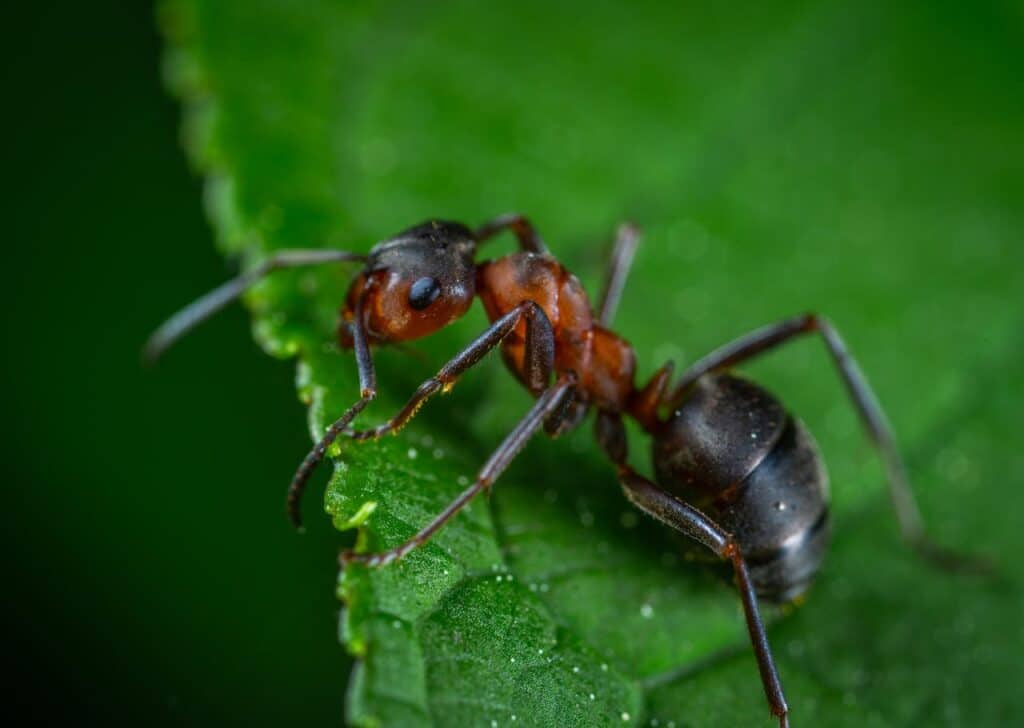
Certain ant species “farm” aphids, protecting them from predators in exchange for honeydew, a sugary substance aphids secrete. This symbiotic relationship showcases intricate cooperation between species.
Penguins Propose with Pebbles
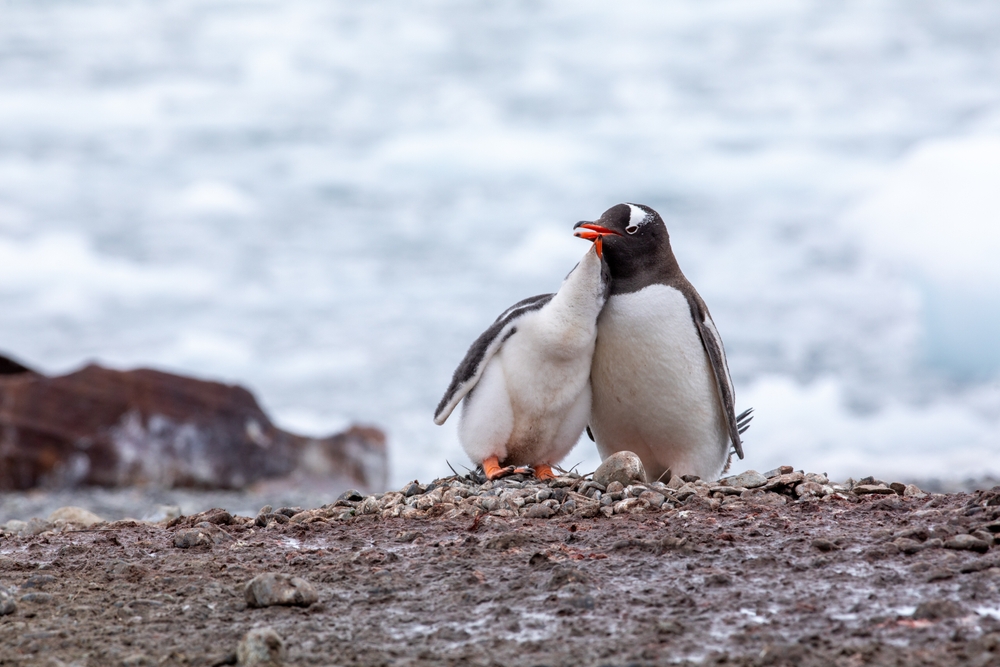
Male penguins often present females with carefully selected pebbles as part of their courtship ritual, demonstrating mate selection behaviors and the importance of nest-building materials in their breeding habits.
Honeybees Dance to Communicate
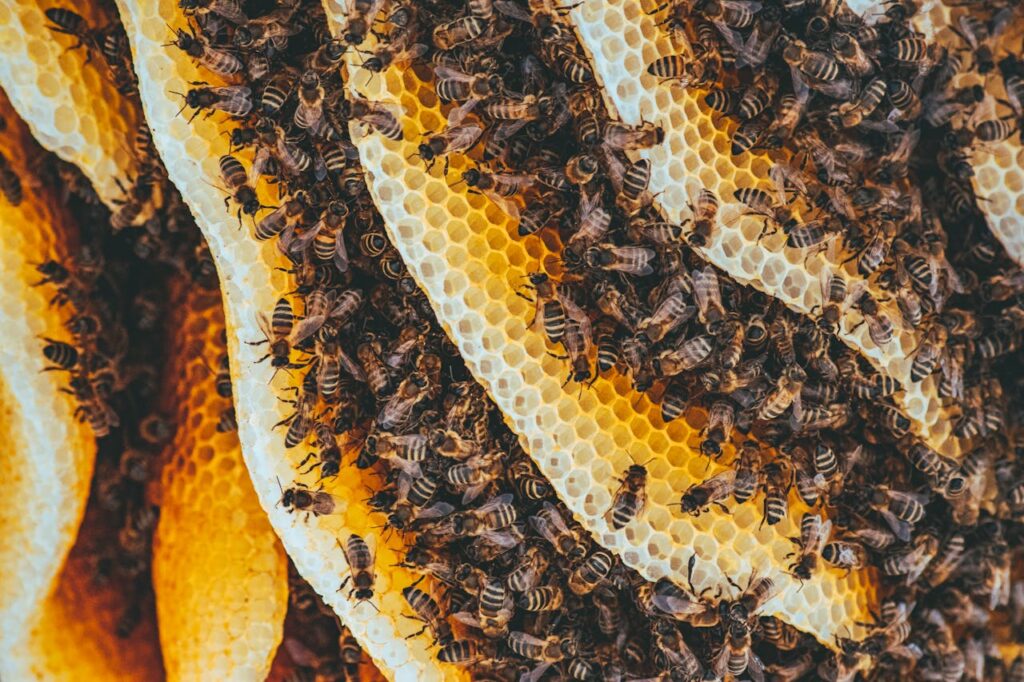
Honeybees perform intricate “waggle dances” to communicate the location of food sources to other hive members, showcasing a highly evolved form of symbolic communication within their colonies.
Frogs Can Hibernate in Their Own Bodies
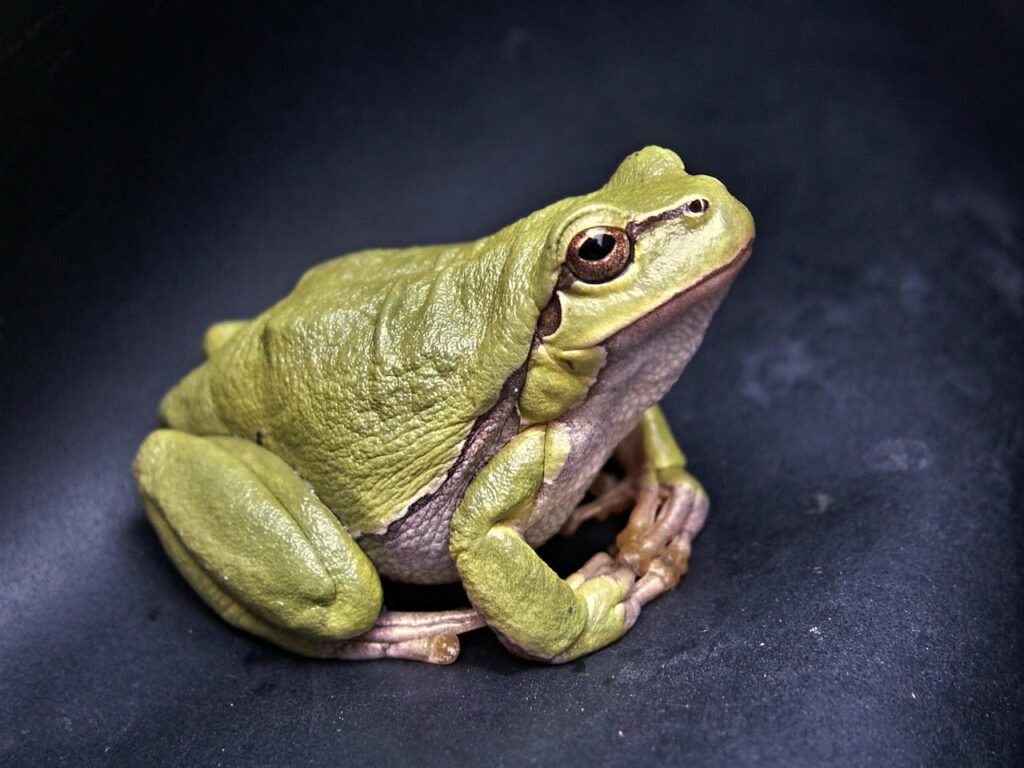
Certain frog species can survive freezing temperatures by allowing ice crystals to form within their bodies during hibernation, a remarkable adaptation known as cryopreservation.
Giraffes Have Blue Tongues
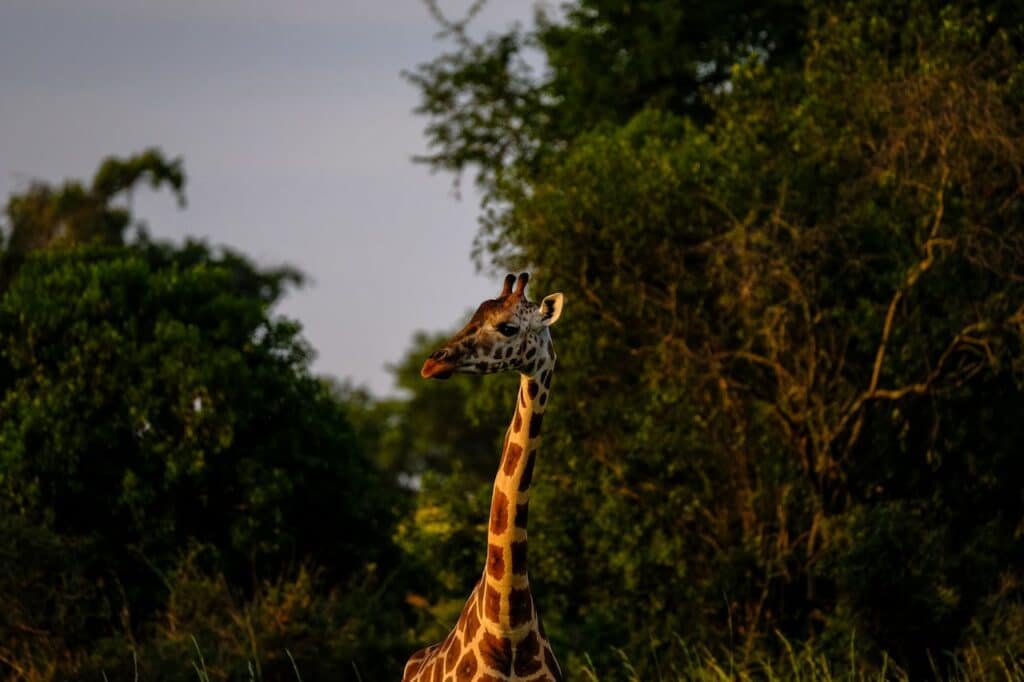
The blue coloration of giraffes’ tongues helps protect them from sunburn while they feed on leaves high in the trees, highlighting an evolutionary adaptation for their unique feeding habits.
Sloths Can Hold Their Breath for 40 Minutes
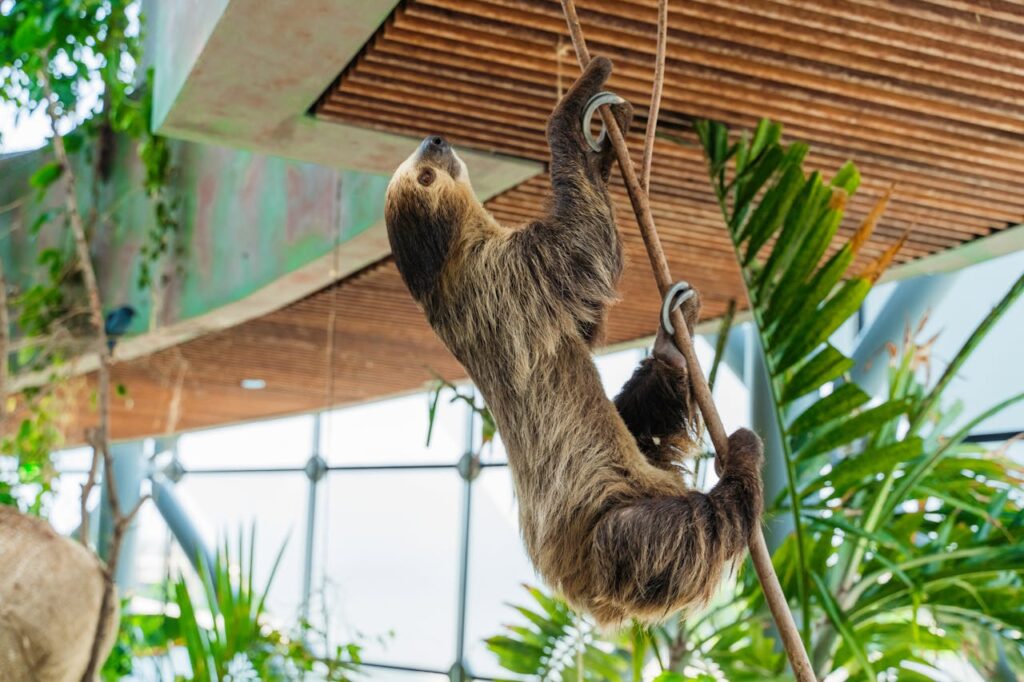
Sloths, known for their slow movements, can surprisingly hold their breath for extended periods, aiding them in their semi-aquatic lifestyles and avoiding predators.
Crows Use Tools
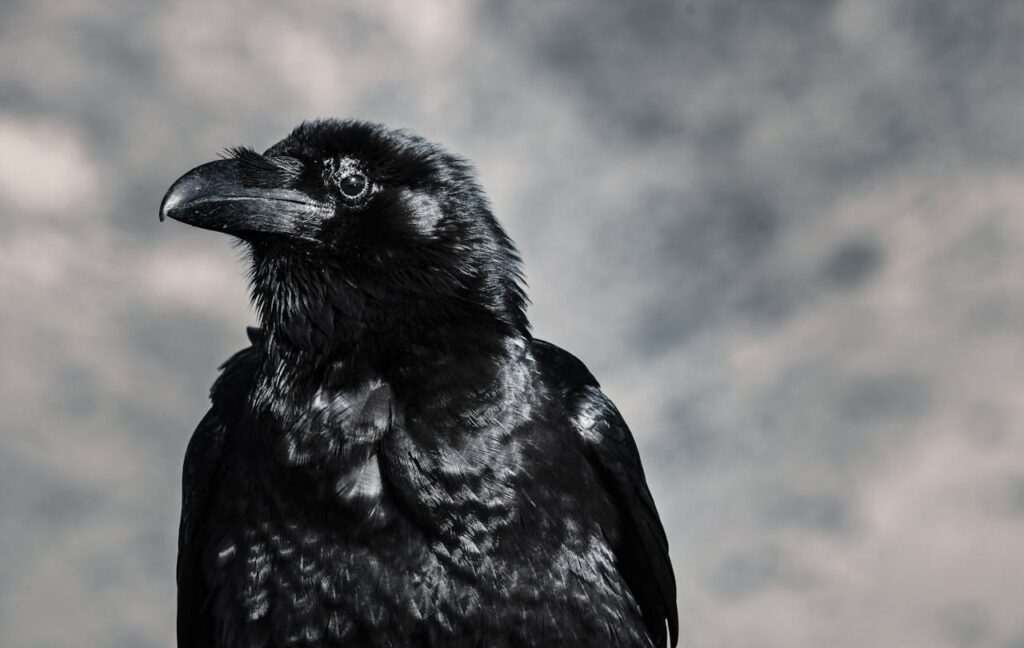
Crows are highly intelligent birds that can use tools to solve complex problems, showcasing advanced cognitive abilities and problem-solving skills within the animal kingdom.
Kangaroos Can’t Walk Backwards
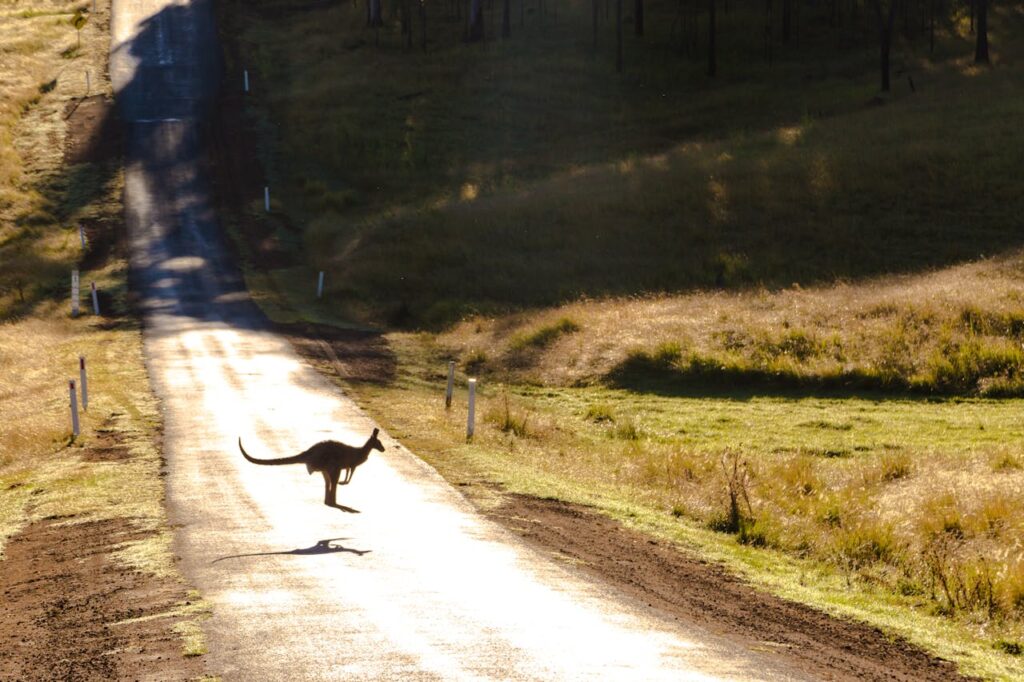
Due to their unique skeletal structure and powerful hind legs, kangaroos are unable to move in a backward direction, a quirk that sets them apart from many other mammals.
Humpback Whales Have Unique Songs
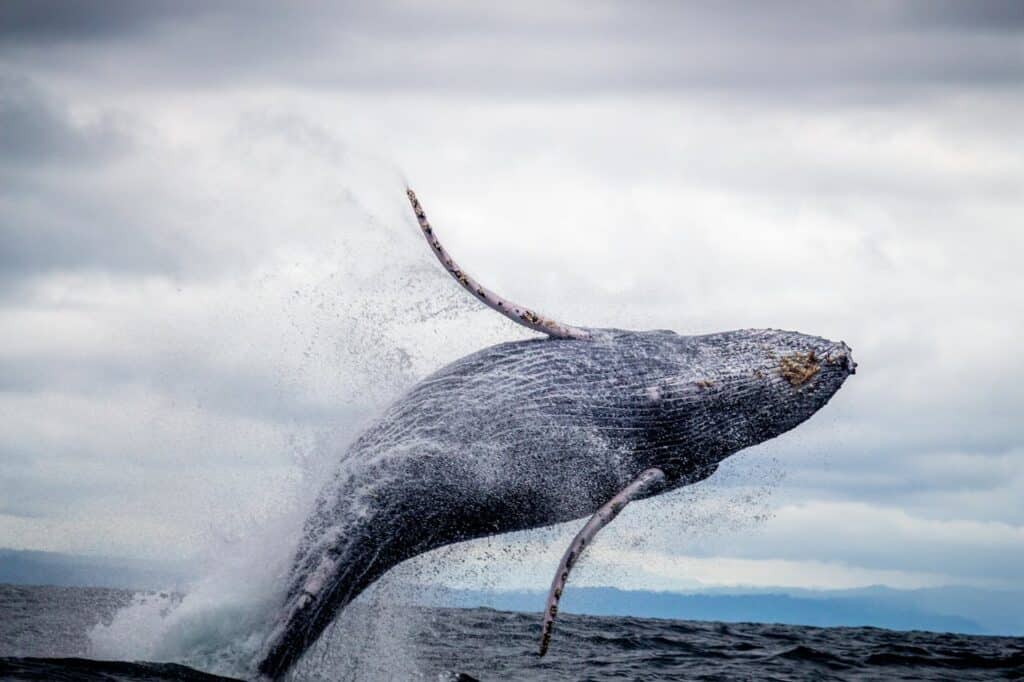
Male humpback whales sing complex and distinctive songs, believed to be part of their mating rituals and communication within their pods, highlighting their social behaviors.
Oysters Can Change Gender
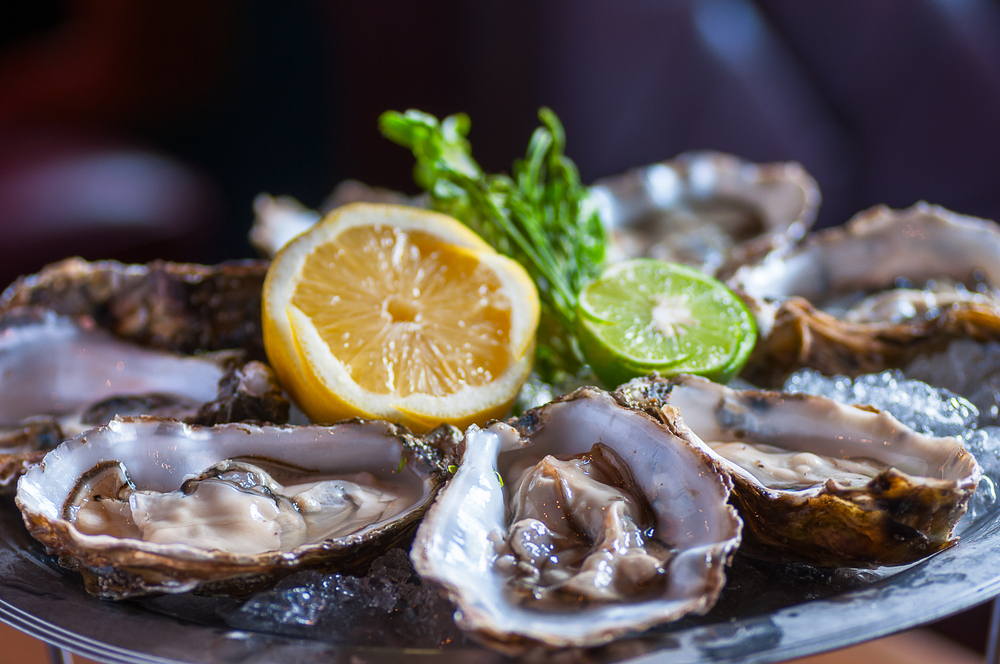
Oysters have the ability to change gender based on environmental factors, contributing to their reproductive success and adaptability in varying conditions.
Cats Have a Special “Kneading” Behavior
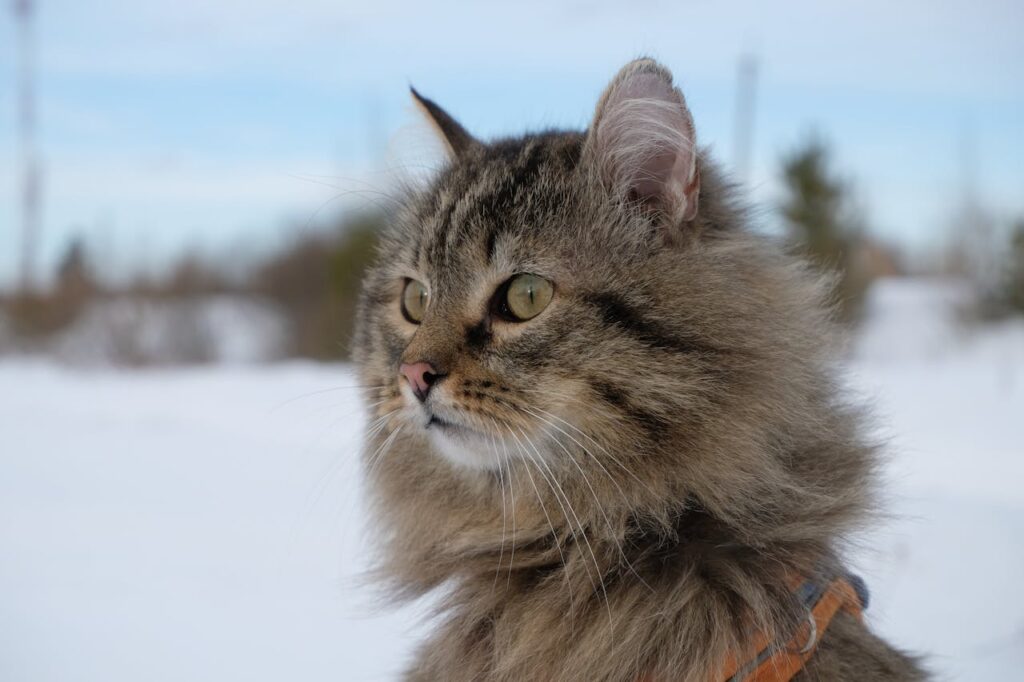
Cats knead with their paws as a behavior inherited from kittenhood, associated with comfort and contentment, reflecting their instinctual behaviors and social interactions.
Sharks Can Detect Electrical Fields

Sharks possess specialized sensory organs called ampullae of Lorenzini, allowing them to detect faint electrical fields produced by other animals, aiding in hunting and navigation.
Bees Can See Ultraviolet Light
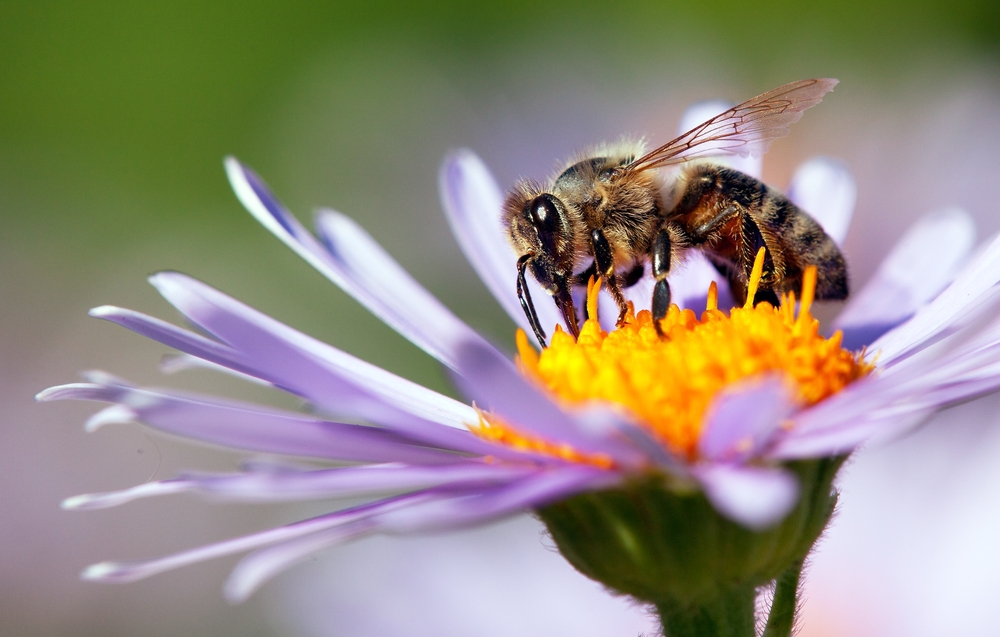
Bees have ultraviolet-sensitive vision, enabling them to perceive patterns on flowers invisible to human eyes, assisting in locating nectar sources and navigating their environments.
Rats Laugh When Tickled
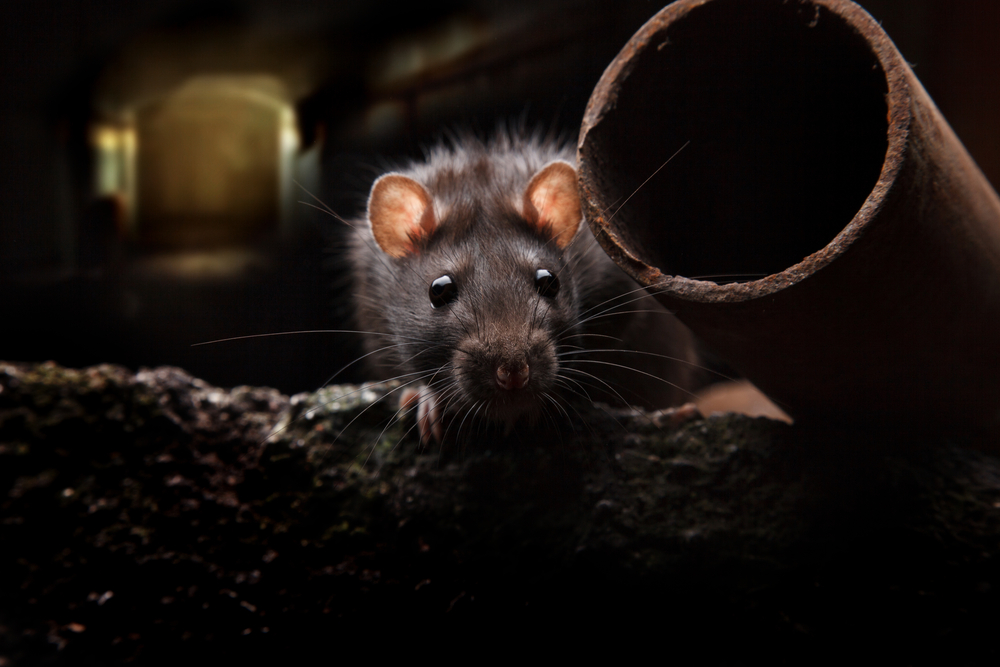
Rats emit ultrasonic vocalizations akin to laughter when tickled, indicating a capacity for joy and positive emotional responses, challenging stereotypes about these rodents.
Arctic Terns Have the Longest Migration
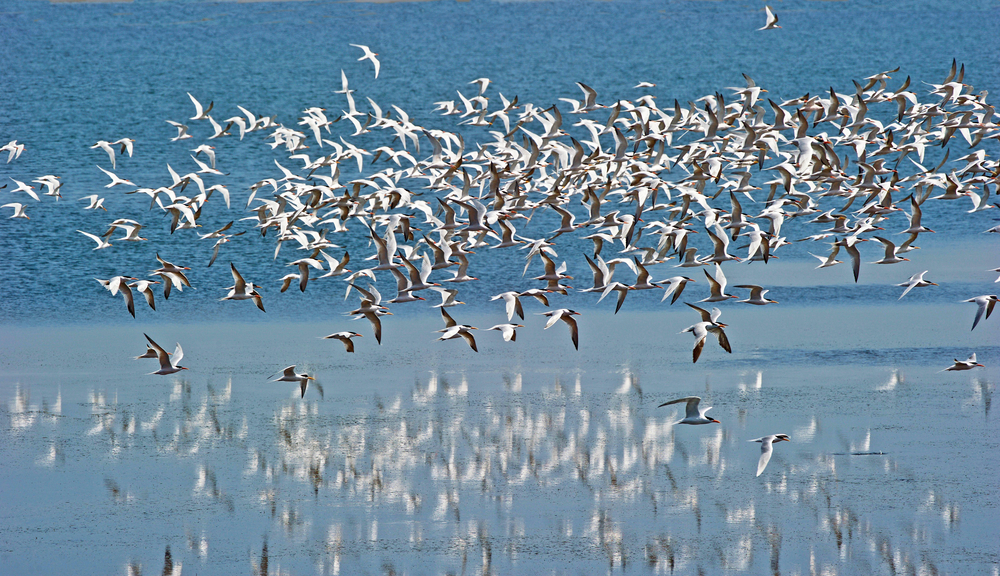
Arctic terns undertake the longest known migration of any bird, traveling from their breeding grounds in the Arctic to their wintering areas in the Antarctic and back each year, showcasing remarkable navigational skills.
Dolphins Give Each Other Names
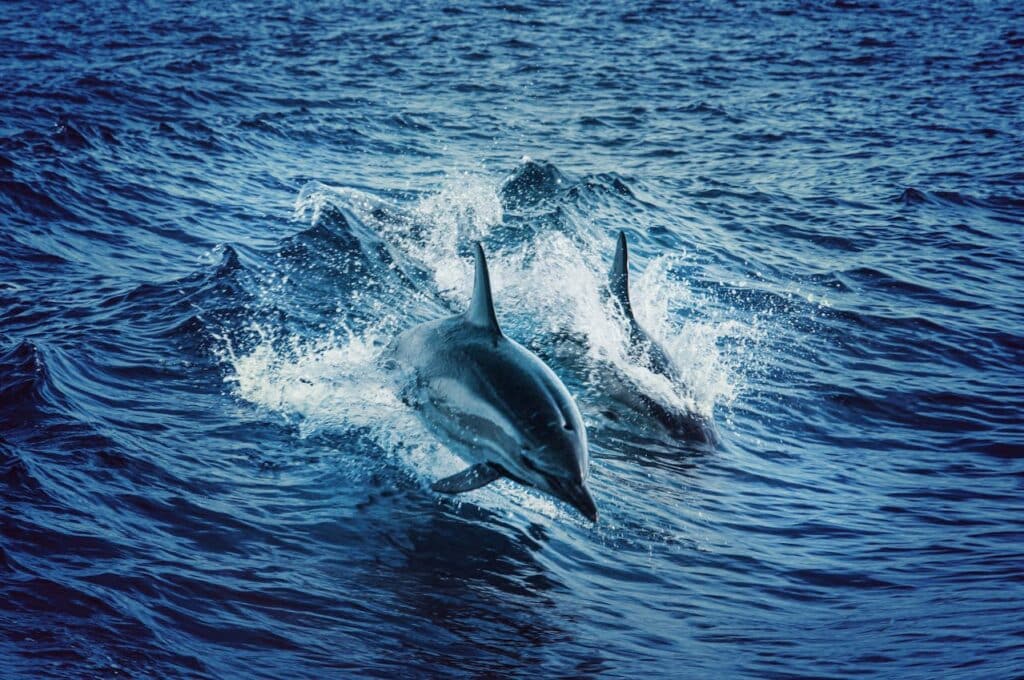
Dolphins use unique signature whistles to identify and communicate with individual group members, akin to having names, highlighting their complex social structures and communication methods.
Spiders Can Fly Using Silk
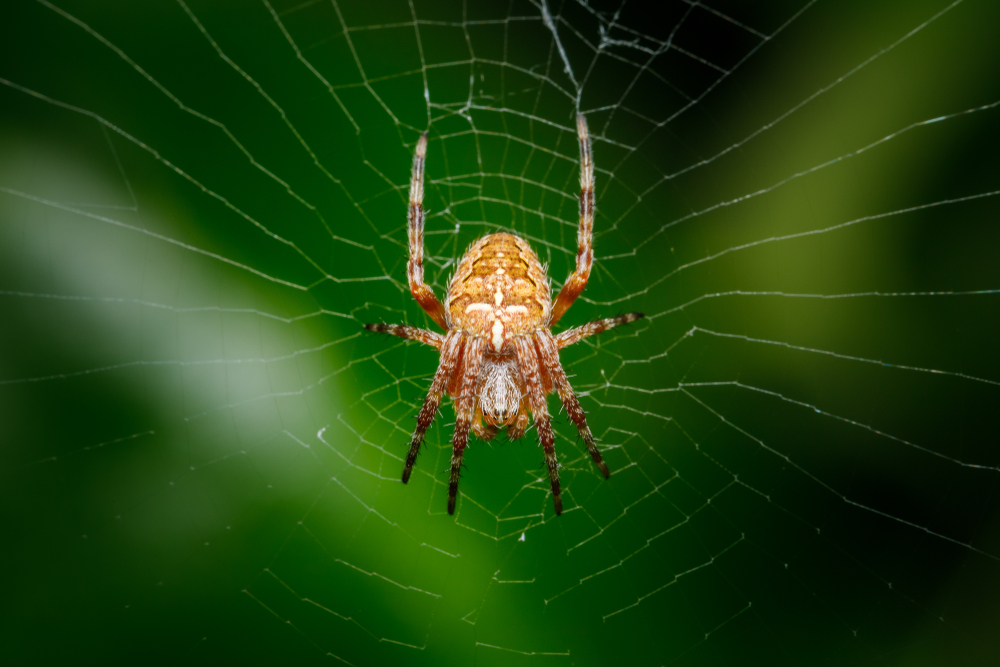
Certain spider species can “fly” using silk threads released into the air, a process known as ballooning, aiding them in dispersal and colonization of new habitats.
Pandas Have a “Thumb”
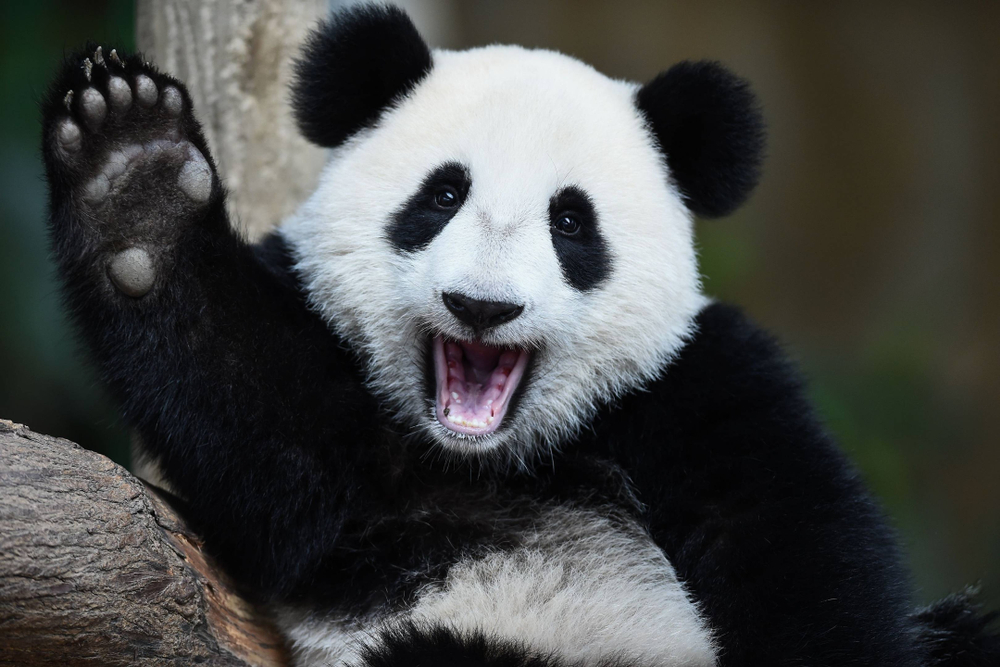
Giant pandas possess an enlarged wrist bone that acts like a thumb, aiding in grasping bamboo while eating, showcasing an adaptation for their specialized diet and lifestyle.
This article originally appeared on UnifyCosmos.
More from UnifyCosmos
20 Intriguing Details About the Life of Leonardo da Vinci

This article delves into the intriguing details of his life, shedding light on the genius behind the Mona Lisa and The Last Supper. Read more!
22 Tips for Mastering the Art of Multitasking

From prioritizing tasks to leveraging technology, we’ll explore practical strategies to help you manage your time and efforts effectively. Read more!
23 Famous Regional Pizzas You Need to Taste

Join us as we explore some of the most famous regional pizzas you need to taste, each offering a mouthwatering experience that reflects the local culture and culinary traditions. Read more!
Leave a Reply